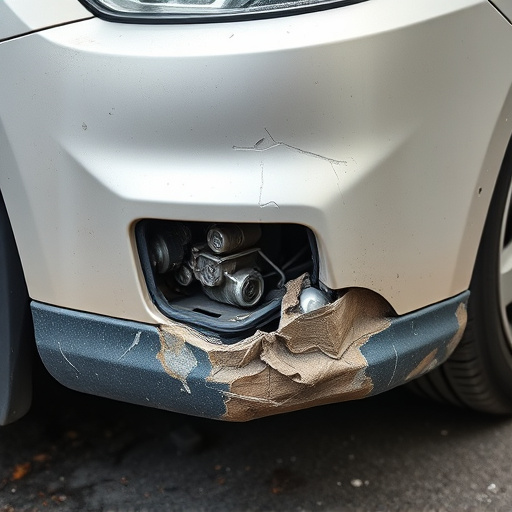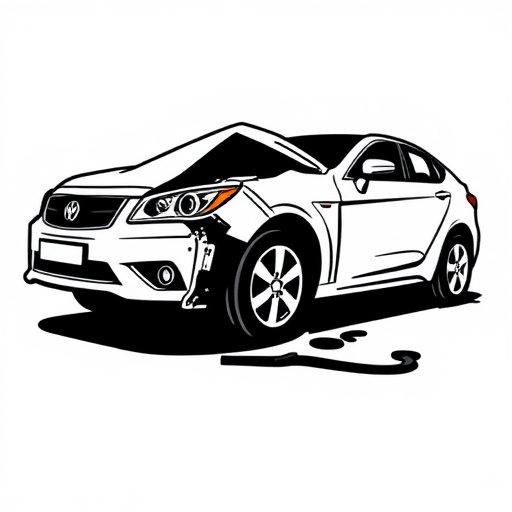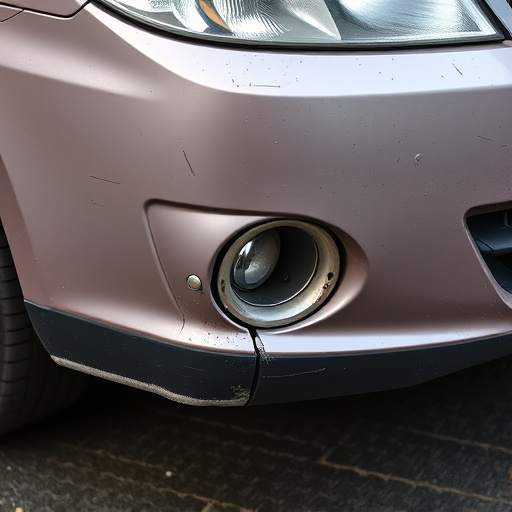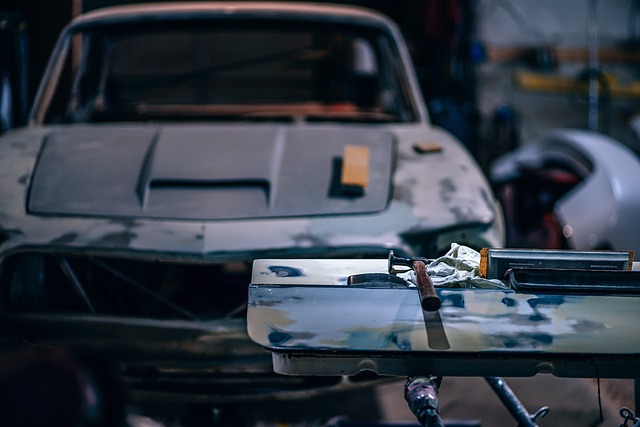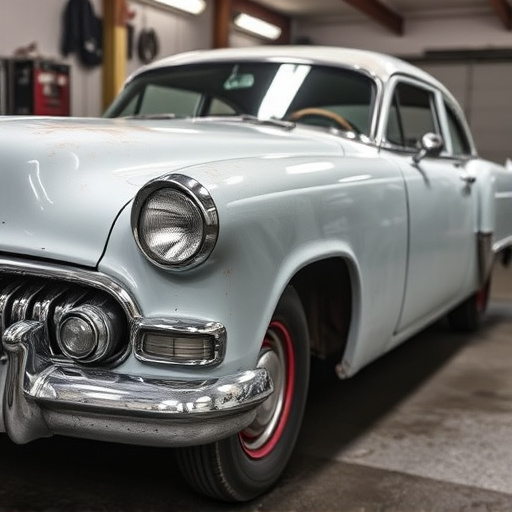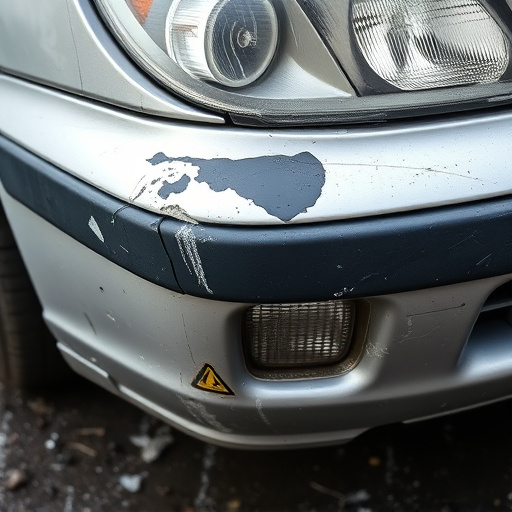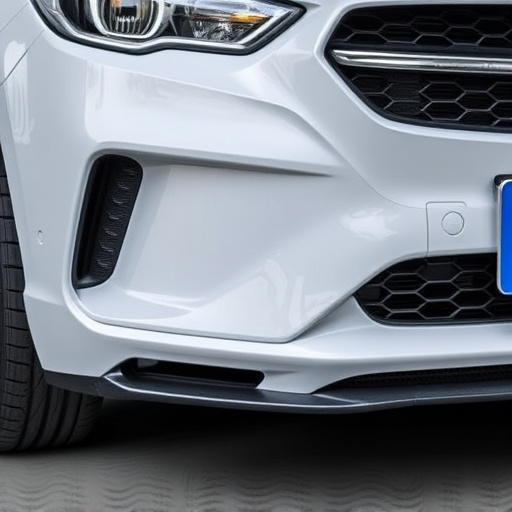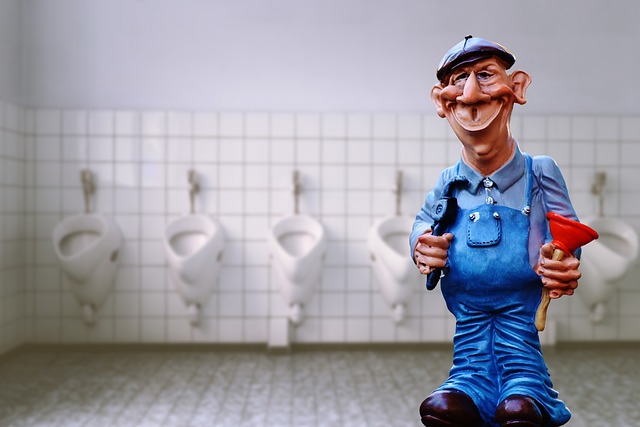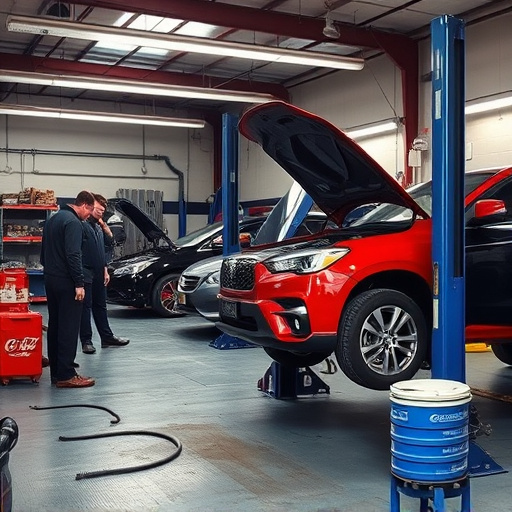The four-stage paint system is a meticulous car restoration process ensuring top-quality and durable finishes. It breaks down repairs into preparation, priming, painting, and clear coating, using specialized techniques for each stage. This system offers transparency in repair costs, revolutionizing vehicle maintenance by reducing stress and uncertainty for customers. In automotive shops like Mercedes Benz centers, it standardizes collision repair processes, cutting waste and labor costs, offering precise estimates, minimizing rework, and speeding up turnaround times, enhancing customer satisfaction and shop efficiency.
“Discover the transformative power of a four-stage paint system for enhancing vehicle aesthetics and reducing repair costs. This innovative approach, often overlooked, offers significant advantages in terms of durability, color consistency, and cost management.
In this article, we’ll explore the intricacies of this system, highlighting its benefits, from improved damage repair to cost transparency. We’ll guide you through implementing effective paint solutions, providing a competitive edge in an industry focused on quality and value.”
- Understanding the Four-Stage Paint System
- Benefits of Transparency in Repair Costs
- Implementing Cost-Effective Paint Solutions
Understanding the Four-Stage Paint System
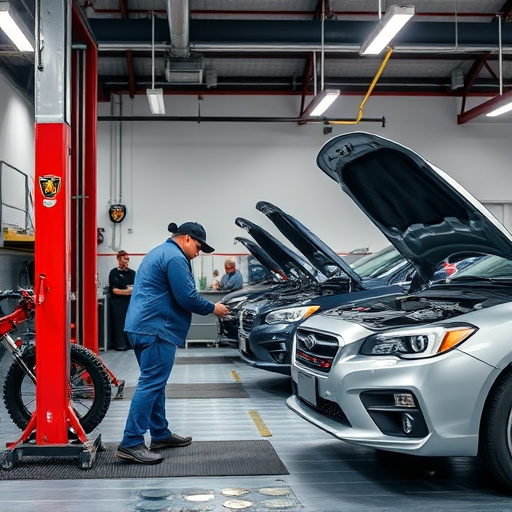
The four-stage paint system is a meticulous process designed to ensure top-notch quality and durability in both modern and classic car restorations, as well as collision damage repairs. This system breaks down the intricate process into four distinct stages: preparation, priming, painting, and clear coating. Each stage requires specialized techniques and materials to achieve a seamless, long-lasting finish.
During the preparation phase, the vehicle body undergoes thorough cleaning and decontamination to remove any debris, oil, or previous paint layers. This meticulous step is crucial for achieving optimal adhesion during subsequent processes. Priming involves applying a base layer that acts as a bridge between the vehicle’s surface and the final paint coat. This stage further prepares the surface, enhancing its ability to hold paint effectively. The painting phase sees the application of the desired color, while the clear coating adds a protective layer, enhancing gloss and shielding against environmental damage, making it ideal for both contemporary and vintage vehicles undergoing meticulous vehicle body repair.
Benefits of Transparency in Repair Costs
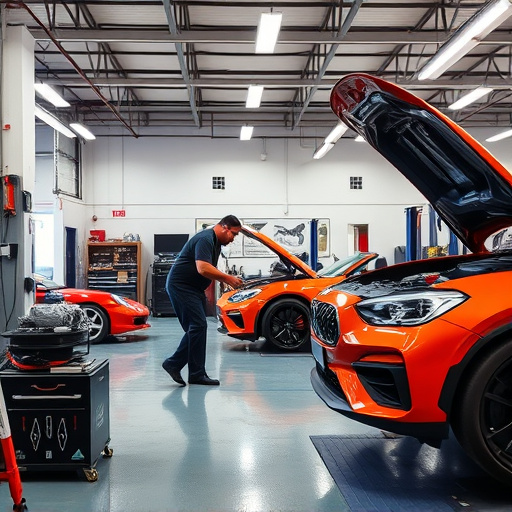
Transparency in repair costs is a game-changer for both vehicle owners and fleet repair services. When dealing with car bodywork services, knowing exactly what repairs are needed and how much they will cost can significantly reduce stress and uncertainty. This is especially crucial when it comes to handling minor incidents like fender benders, where swift action and clear communication can ensure efficient and cost-effective solutions.
By adopting a four-stage paint system that supports repair cost transparency, workshops can offer detailed breakdowns of labor and material costs. This approach empowers customers to make informed decisions about their vehicle’s maintenance, fostering trust in the process. Moreover, it helps in managing expectations, ensuring that clients are aware of potential additional charges only if extra work is required beyond the initial assessment.
Implementing Cost-Effective Paint Solutions

Implementing Cost-Effective Paint Solutions
In today’s competitive automotive industry, shops like Mercedes Benz repair centers are constantly seeking innovative ways to streamline operations and reduce costs without compromising quality. One such game-changer is adopting a four-stage paint system. This advanced approach involves meticulous preparation, including frame straightening when necessary, followed by priming, coloring, and finally, clear coating. Each stage is crucial in ensuring the longevity and aesthetics of the vehicle’s finish.
By standardizing this four-step process, collision repair shops can achieve remarkable results while minimizing material waste and labor costs. The system’s transparency allows for better cost estimation, enhancing customer satisfaction and trust. Moreover, the precision afforded by this method means less rework, resulting in faster turnaround times and increased shop efficiency, benefiting both customers and the business alike.
The adoption of a four-stage paint system, coupled with transparent repair cost reporting, is a game-changer for both auto body shops and consumers. By implementing these practices, businesses can enhance operational efficiency while offering customers peace of mind. This approach ensures that repairs are conducted effectively and at reasonable costs, fostering trust and satisfaction. Moving forward, embracing such innovative systems is key to staying competitive in the automotive industry.


